Last updated on August 1st, 2023 at 08:04 am
What is PCM meaning car? Your car, though an indispensable source of transportation, could contain a component you’ve probably never encountered or heard of. I am talking about the Powertrain Control Module (PCM). The PCM meaning in a car, though often misunderstood and unclear in function, PCM serves an integral purpose in ensuring smooth vehicle operations – acting like the car’s “brain. It regulates an essential functionality of your car while helping manage them as efficiently as possible.
Yet how many of us truly realize the role and importance of Powertrain Control Module (PCM) systems on cars today and what to look out for with regard to PCM problems? Like “signs of a bad PCM” Even passionate auto lovers may sometimes struggle with answering this question accurately. When your vehicle starts acting strange, raising questions such as “Is My Car Have an ECM or PCM”, or in other words “Does my car have a PCM or ECM?” then this could indicate the need for prompt attention towards your car Powertrain Control Module or ECM module.
A good healthy PCM system is key to optimizing your car engine performance. But how exactly does the PCM system function? what does the PCM system do, exactly? Well, the PCM works between the car engine, transmission, and other drive components of the vehicle helping in monitoring sensors and making adjustments accordingly to achieve maximum vehicle efficiency and performance.
Recognizing the “PCM meaning” and the cost associated with PCM replacement cost on a general note when it goes bad can help eliminate unnecessary worry and expense that could come from a lack of knowledge. Please keep in mind that PCM car replacement, its steps involved and overall expenses vary based on the make, model, and health of your vehicle; any symptoms like engine not starting properly, poor fuel economy or transmission problems could point towards an underperforming PCM as its cause.
So in this article, we are breaking the following topic and questions regarding PCM i) PCM meaning car or PCM meaning in a car ii) PCM meaning car cost, iii) where is the PCM located, iv) PCM replacement cost, v) does my car have a PCM or ECM, vi) PCM car replacement, steps, vii) powertrain control module, vii) What are the signs of a bad PCM? And finally, What does the PCM system do?
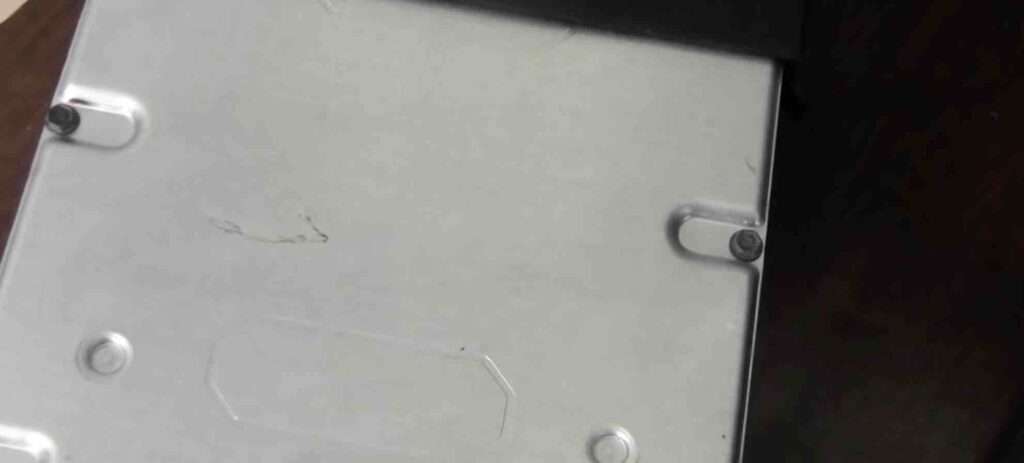
What does the PCM system do? (PCM meaning car)
When looking at the function of the PCM one simply say that a car power control module serves as the command center for your engine’s power delivery unit, overseeing functions like ignition timing, fuel delivery, emissions controls, turbo boost pressure regulation, idle speed management, and throttle control among other parts of the vehicle.
While you might recognize both Transmission Control Module (TCM) and Engine Control Module (ECM), PCM regulates both. When installed into a vehicle, its PCM either consolidates both TCM/ECM components into one single unit or acts as one computer that oversees them both.
The PCM coordinates these functions through various sensors interacting with it and initiating control commands to actuators for action while monitoring outcomes via sensors.
The PCM has been programmed to instruct each actuator based on certain commands such as hitting the throttle, and will know which readings constitute acceptable responses from these actions.
So where is the PCM located?
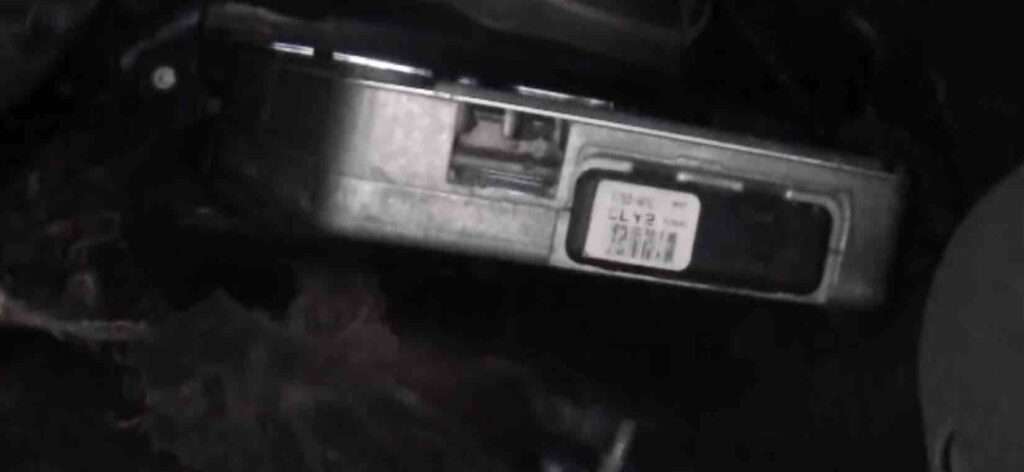
Are You Wondering “Where is my PCM located?” Well, this vital car part PCM also known as Engine Control Unit or ECM can typically be found in the car engine compartment, and in some cars the PCM or ECM might also be found near the firewall of the car- providing protection between your engine and interior of the vehicle. The make and model of your vehicle is what will determine the exact location of the PCM.
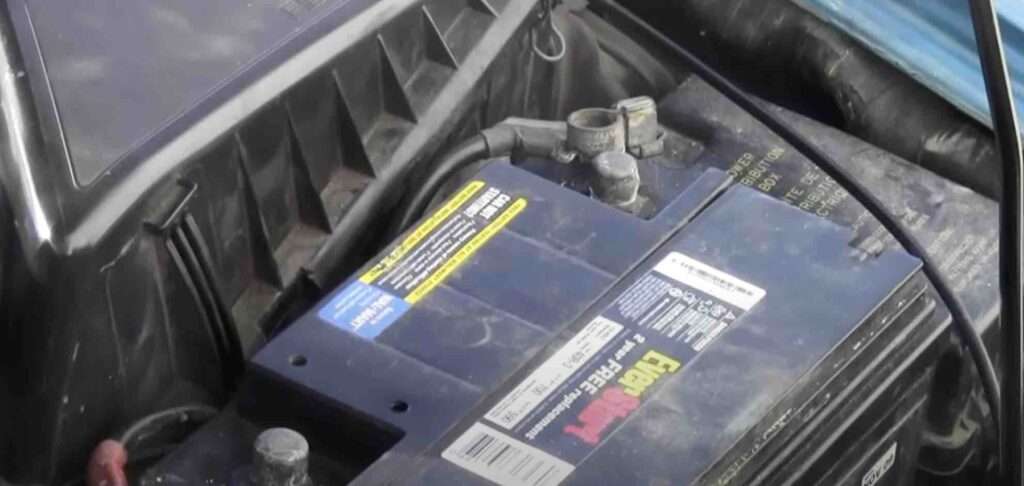
Can I replace the PCM by myself?
Well, I will say that due to its complexity and role, it should always be seen by an expert mechanic for consultation before replacement or installation. I know the fear of high potential PCM replacement cost or the cost of fitting your PCM by a professional may put off car owners from giving their vehicles proper attention and care and that is why we will look at PCM replacement costs soon. So don’t you allow fear of possible high PCM costs to keep you away from giving your car what it deserves? You will be better informed after going through this content on PCM meaning car cost and replacement. PCM meaning car cost or PCM replacement cost
What is the PCM replacement cost?
PCM meaning car cost and PCM replacement cost: The Powertrain Control Module (PCM); is a computer as it serves as the brain of your vehicle’s electronic systems and replacing one can be costly, typically costing anywhere between $800 to $1,500 depending on its make/model/year as well as any labor charges involved in replacement which will mostly dependent of the auto shop you choose or whether you have the needed skill to do it yourself will affect the PCM replacement cost.

The thing is much of the PCM replacement cost and expenditure goes toward purchasing the PCM unit itself and not its installation process; labor generally amounts to only $75-100 of this total price tag – however, attempting do-it-yourself replacement in an attempt to cut costs should not be attempted as doing it this way could potentially prove fatal for your vehicle’s engine performance and longevity.
At its heart lies the necessity of customizing your PCM for your particular vehicle – this requires proprietary software which most vehicle owners do not possess and leads them back into dealership service centers for assistance.
However, dealers usually attempt to reprogram an existing PCM before opting for its replacement if possible; in such instances, they might discover an updated unit and reprogram the current PCM instead of having to purchase and install another unit which typically costs $75 to $150 more than this alternative solution.
Spotting Signs of a Failing Powertrain Control Module (PCM).
So What are the signs of a bad PCM? Well a misfunction of PCM typically manifests itself in terms of decreased engine performance and an illuminated check engine light on your dashboard, or transmission issues such as shifting difficulties. Fuel economy decline and higher emissions could also be telltale signs.
Notably, PCM failure isn’t common; however, when problems do occur it should always be eliminated as potential sources. Before attributing them solely to the PCM it would be wise to rule out other possible culprits first.
Commmon signs of a bad PCM?
Here is an outline of indicators pointing toward an inoperable or malfunctioning powertrain control module:
1. Check Engine Light Illumination
Initial indicators of PCM issues often come in the form of an illuminated check engine light. While it could indicate any number of powertrain-related problems, its most likely due to issues related to sensors, wiring, or another component in your car’s system.
Before considering PCM as the cause, ensure all other potential causes have been excluded by using an OBD2 scanner to review trouble codes.
2. Compromised Performance
Your PCM plays an essential role in controlling vehicle performance; therefore any fault in it could inevitably result in diminished output. Furthermore, more serious malfunctions could exacerbate performance issues resulting in subpar results.
But if just part of your PCM is malfunctioning, its performance could falter under specific driving scenarios like idling or acceleration.
3. Start-Up Issues
In extreme PCM failure scenarios, starting your vehicle could prove near-impossible; even under more normal circumstances, it may prove challenging in cold conditions.
Start-up issues caused by PCM failure can be serious issues that need an immediate resolution to avoid damage to the engine.
4. Elevated Emissions
A properly functioning PCM works to achieve low emissions by optimizing performance. If it stops doing its job as intended, performance drops and emissions rise – although you might not notice this until going through an emission test on your vehicle.
5. Reduced Fuel Economy
PCM issues will likely reduce the fuel economy of your vehicle. If your turbo is producing insufficient boost as a result of not receiving signaling from its PCM, for example, acceleration could become necessary as more power must be applied during acceleration to make up for the difference in boost production.
Fuel waste may result from PCM malfunction, as many vehicles with this issue have demonstrated.
6. Shifting Difficulties
Are You Experience Shift Difficulty Does Your Vehicle Suffer From Gear Change Difficulties The PCM could be to blame; as it oversees both engine and transmission functions. Any powertrain issues could stem back from its malfunction.
Problems with shifting are serious matters requiring immediate action to rectify. Ignoring them could result in poor vehicle handling and accidents occurring as a result.
As soon as something doesn’t function as expected, a check engine light illuminates to notify the driver or car owner. Unfortunately, understanding this complex component is no simple matter; without access to proprietary software for fixing it might even be impossible.
Tips on PCM car replacement and how to replace a PCM yourself
Watch this video:
Step 1: Disconnect Your Car Battery.

Remove both positive and negative terminals of the battery from your car in order to properly disconnect. You can unplug your car battery by starting with its negative terminal before progressing to the positive one. And then disassemble and disconnect the assembly where air enters your car.
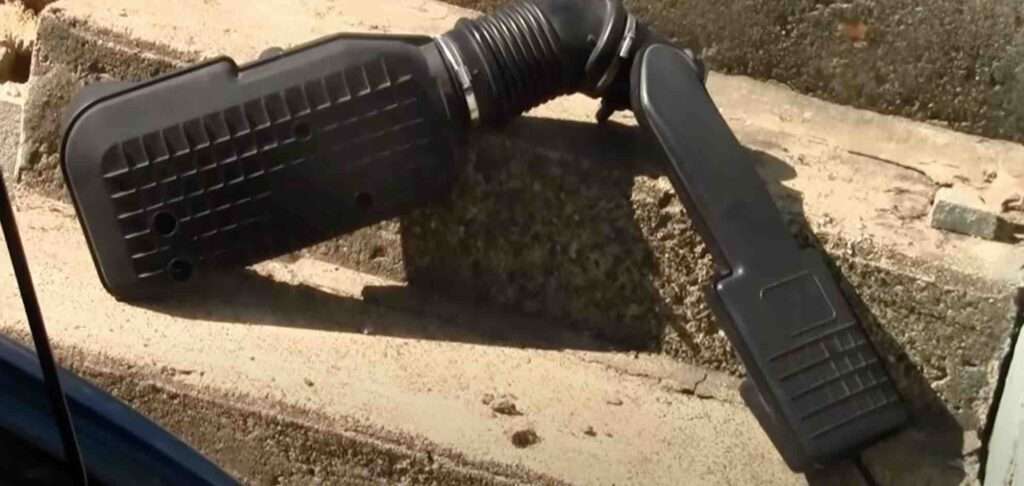
Step 2: Move the Power Steering Fluid Reservoir.

Pulling up and raising up the reservoir helps clear space. Disconnect any necessary electrical connections including those to both switches: the power steering switch and ground switch.
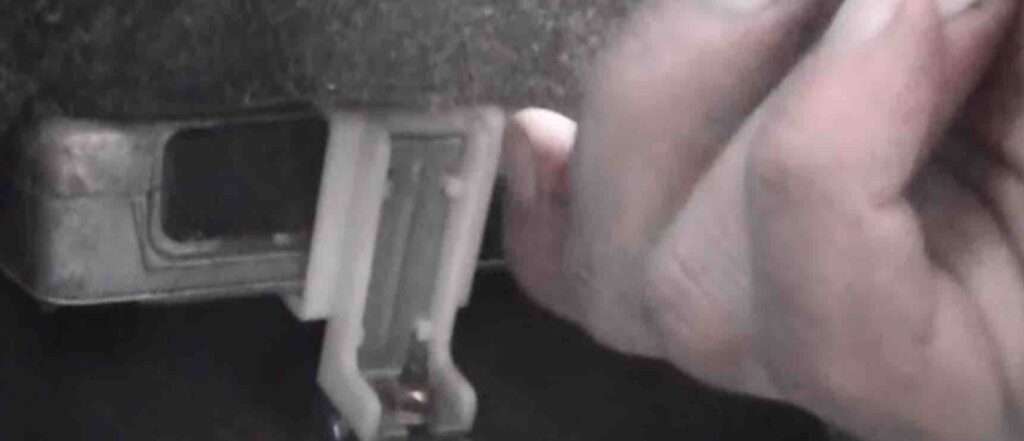
Step 3: Locate and Gain Access to the Car’s Computer.
Locate its hidden location with ease using the tools available, then remove its bolt for access. Now locate and move out of the way of the power steering hose.

Step 4: Remove the Computer Cover:
Your computer will be secured in an enclosed compartment of your car by bolts which means that you have to lose the bolt to remove these to gain access. After loosening a bolt, you will discover an intricate computer with several small pins inside it. Unplug its ground wire on one side before taking care not to expose its circuitry by taking away its cover – being careful not to get dirt into its workings!

Step 5: Unplug and Pull Out the Ground Connection then Remove the Computer Fasteners:
Locate and unplug any wire that was once the ground connection before taking steps to pull it away from its source. There will be two bolts that need to be disconnected in order to gain entry and remove your entire computer, using a 10mm deep socket as needed.
Step 6: Remove the Computer:
Once all fasteners have been unfastened, you should be able to lift out your computer safely – taking special care not to let any dirt enter its pins!

Step 7: Wait to Reconnect the Battery:
After taking steps to disconnect and unplug your computer, allow approximately an hour before reconnecting its battery.
Step 8: Reinstall the Computer:

When installing back into its original position, make sure that its “this side up” indicator shows correctly for maximum effectiveness in relearning all its idle values. It may drive poorly initially; allow time for this process. Install your car computer according to “This Side Up”.
After installing your computer again, reconnect the ground wire.
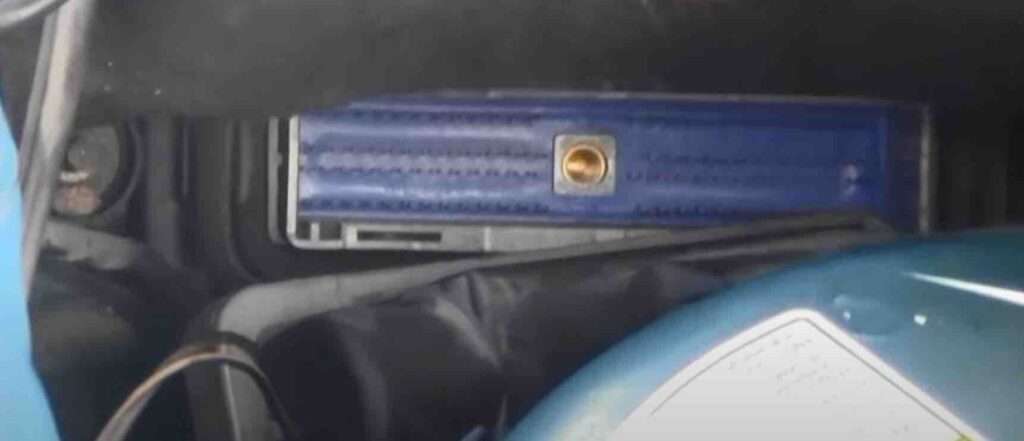
Step 9: Reassemble Everything:
To finish up, put everything back where it belongs – including the power steering fluid reservoir, air assembly, and battery connections.
Remember when working on your car to take photos or videos so you know exactly how to put everything back the same. This way you’ll have everything under control when everything needs reassembling.
Final Words
A vehicle’s Powertrain Control Module (PCM) is the core of its electronic control system. This critical component governs a multitude of functions, facilitating communication between a vehicle’s engine, transmission, and ancillary systems. Understanding the precise PCM meaning in a car scenario equips you to recognize the symptoms of a faulty unit and consider potential PCM replacement costs.
The PCM is usually situated in the engine compartment or under the dashboard and where the PCM is located, may vary based on vehicle make and model. Interestingly, some cars utilize a PCM, while others employ an Engine Control Module (ECM). And we covered that when we looked at the question, “Does my car have a PCM or ECM?” which can usually be answered by referring to your vehicle’s manual or consulting a professional mechanic.
Next considered the signs of a bad PCM Symptoms of a bad PCM may range from poor fuel efficiency and transmission issues to the car failing to start altogether. Other signs include inconsistent engine performance and warning lights appearing on the dashboard.
And then, went on to how to replace a PCM. It’s important to note that installation steps for PCM car replacement can be complex, requiring technical knowledge and skill. Therefore, it’s advisable to engage a professional mechanic for this task.
Finally, we discussed the PCM replacement cost of which I showed that price may vary depending on your vehicle’s specifics and the mechanic your hired labor cost, or rates.












